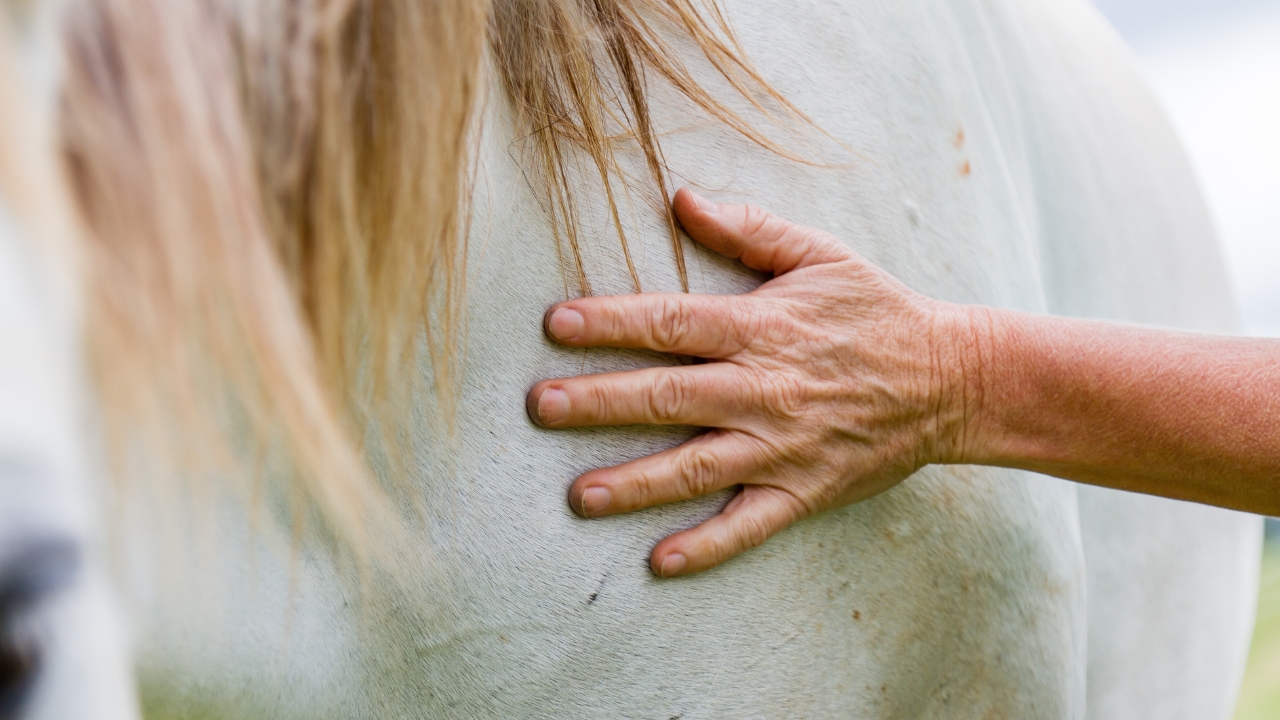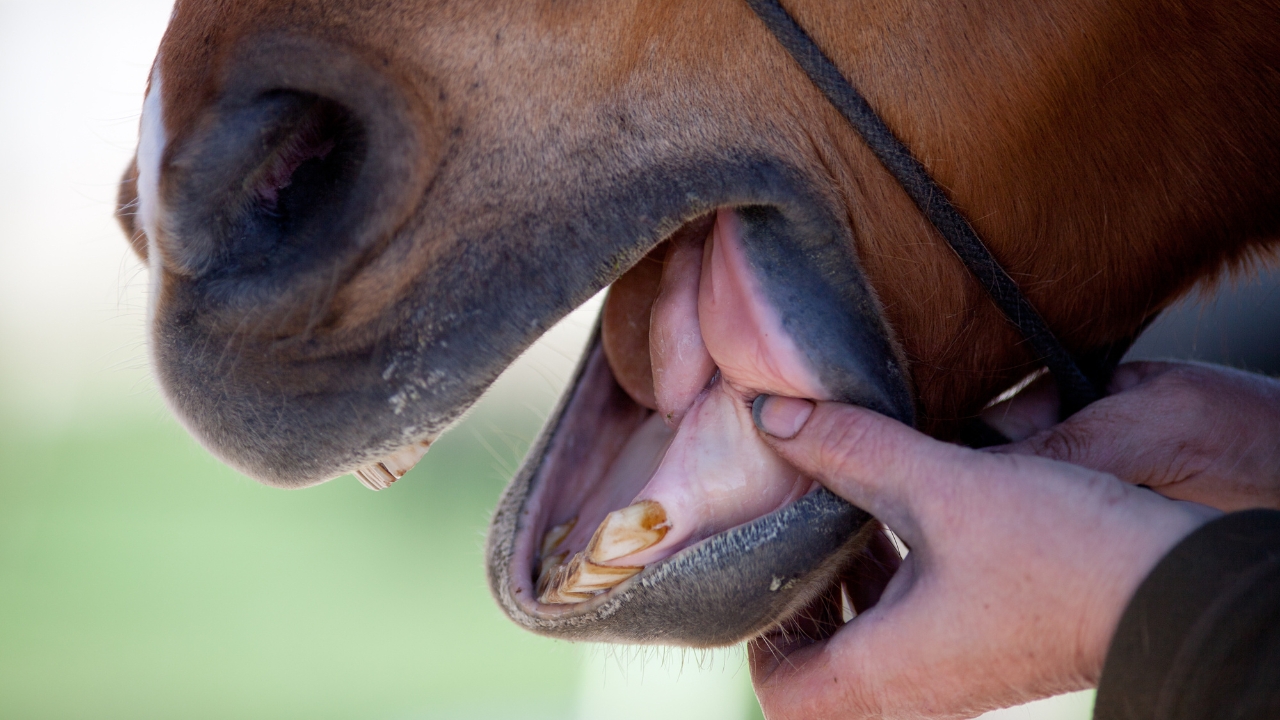10 Signs Something’s Off With Your Horse (That Are Easy to Miss)
Most horse people catch the obvious stuff—lameness, open wounds, not eating. But it’s those smaller, quieter changes that can slip by if you’re not paying close attention. Over the years, I’ve learned to watch for subtle signs that something’s off before it turns into a bigger problem.
These are the red flags I’ve learned not to ignore—because when a horse is trying to tell you something, it doesn’t always come in loud and clear.
Pinning Ears During Grooming

If your horse starts pinning their ears while you’re brushing or tacking up, don’t just chalk it up to moodiness. That kind of behavior usually means discomfort, especially if it’s new.
They could be sore, have a skin condition, or dealing with a poorly fitted saddle. I take note of where they react and whether it’s consistent—it’s often the first clue something deeper is going on.
Standing with a Tilted Head

A horse holding their head slightly to one side or cocked at a strange angle might be dealing with an ear issue, dental pain, or even a neurological problem.
It’s easy to miss if they’re still eating and moving normally. I always pay attention to any changes in posture or how they hold their head when they’re at rest.
Sweating Without Working

If your horse is sweating but hasn’t been worked or it’s not hot outside, something’s probably wrong. It could be pain, stress, or even colic setting in.
I don’t wait to see if it passes—I check vitals, look for gut sounds, and call the vet if anything feels off. Unexplained sweat is never something I ignore.
Standing in the Corner Alone

Horses are social by nature, especially in a herd. When one starts isolating or standing off in the corner, it’s usually a sign they’re not feeling right.
It might be something physical, or it could be mental stress or discomfort. Either way, I check them head to toe and watch for any other changes in eating, movement, or alertness.
Shifting Weight Often

Constantly shifting weight from one leg to another might not look dramatic, but it can be a quiet sign of soreness—especially in the hooves or joints.
I’ve seen this happen before any actual limping shows up. If a horse can’t seem to get comfortable while standing still, I start looking closer at feet and legs.
Changes in Droppings

It’s not fun, but I always keep an eye on manure. Loose stools, smaller piles, or a sudden change in frequency usually means something’s going on with their digestion.
Sometimes it’s feed-related, other times it’s stress or illness. Either way, changes in droppings are often the first outward sign that something needs attention.
Flinching When Touched

If a horse starts flinching or twitching when you touch certain areas—especially spots they were fine with before—that’s a pretty clear sign of discomfort.
It could be a sore muscle, a brewing abscess, or even something internal. I don’t assume they’re being dramatic. Horses don’t fake pain.
Lagging Behind Under Saddle

A horse that usually moves out easily but suddenly starts lagging behind, tripping more, or resisting cues might not be feeling well—even if they’re not limping.
It’s tempting to think they’re being lazy, but I’ve learned to listen when a horse feels “off” under saddle. That sluggishness can point to soreness, ulcers, or a brewing illness.
Grinding Teeth

Teeth grinding is often overlooked, especially if it’s not constant. But when I hear it, I start watching closely. It’s usually a response to discomfort—whether from pain, stress, or ulcers.
I take note of when it happens—during feeding, riding, or grooming—and bring it up with my vet or chiropractor if it doesn’t stop quickly.
Subtle Changes in Attitude

Sometimes it’s not a big behavior shift—just a horse that seems a little more irritable, sluggish, or withdrawn. Those quiet changes are easy to write off, but they usually mean something.
I’ve learned to trust my gut. If a horse doesn’t seem right, even if I can’t put my finger on it, I pay closer attention and watch for other clues. More often than not, I’m glad I did.
*This article was developed with AI-powered tools and has been carefully reviewed by our editors.







